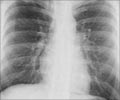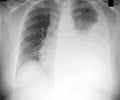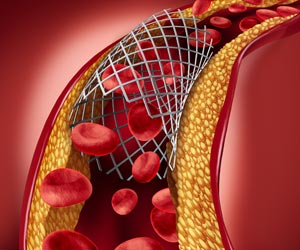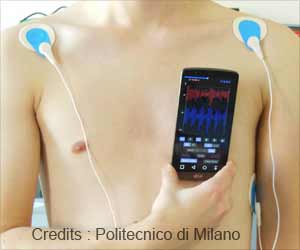A handheld diagnostic device which was developed to diagnose cancer has now been used to diagnose tuberculosis and other infectious bacteria.

"Rapidly identifying the pathogen responsible for an infection and testing for the presence of resistance are critical not only for diagnosis but also for deciding which antibiotics to give a patient," said Ralph Weissleder, MD, PhD, director of the MGH Center for Systems Biology (CSB) and co-senior author of both papers.
"These described methods allow us to do this in two to three hours, a vast improvement over standard culturing practice, which can take as much as two weeks to provide a diagnosis," he stated.
Investigators at the MGH CSB previously developed portable devices capable of detecting cancer biomarkers in the blood or in very small tissue samples.
Target cells or molecules are first labeled with magnetic nanoparticles, and the sample is then passed through a micro NMR system capable of detecting and quantifying levels of the target. But initial efforts to adapt the system to bacterial diagnosis had trouble finding antibodies - the detection method used in the earlier studies - that would accurately detect the specific bacteria. Instead the team switched to targeting specific nucleic acid sequences.
The system detects DNA from the tuberculosis bacteria in small sputum samples. After DNA is extracted from the sample, any of the target sequence that is present is amplified using a standard procedure, then captured by polymer beads containing complementary nucleic acid sequences and labeled with magnetic nanoparticles with sequences that bind to other portions of the target DNA.
Advertisement
Tests of the device on samples from patients known to have TB and from healthy controls identified all positive samples with no false positives in less than three hours. Existing diagnostic procedures can take weeks to provide results and can miss up to 40 percent of infected patients.
Advertisement
The device is described in paper published in the journals Nature Communications.
Source-ANI















